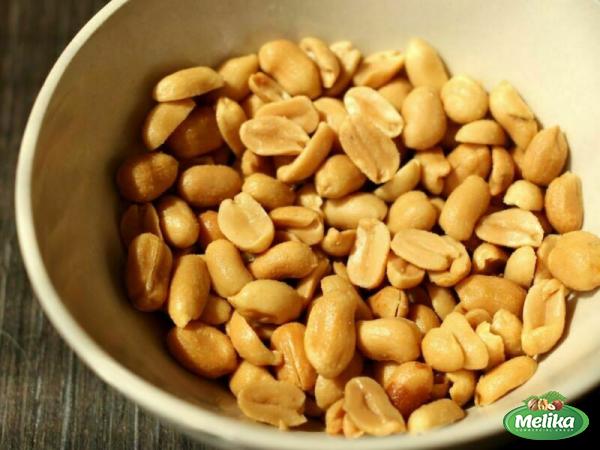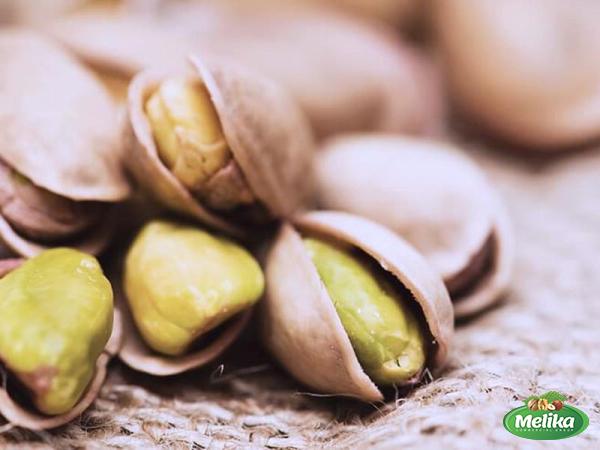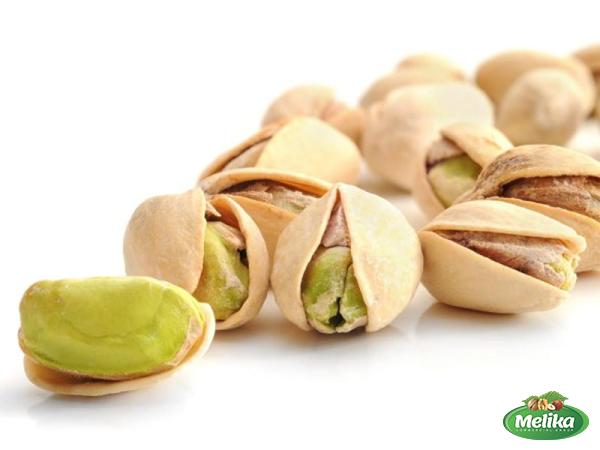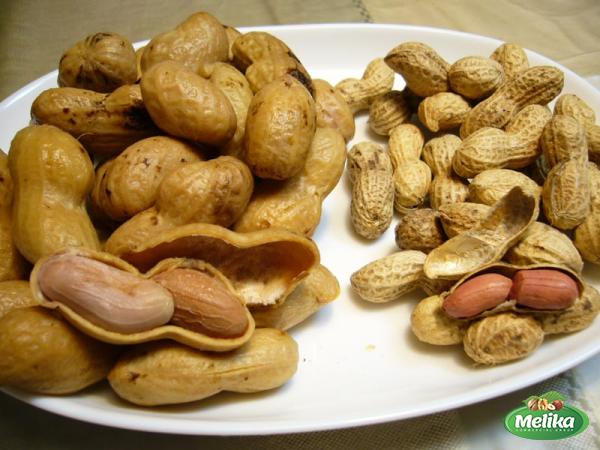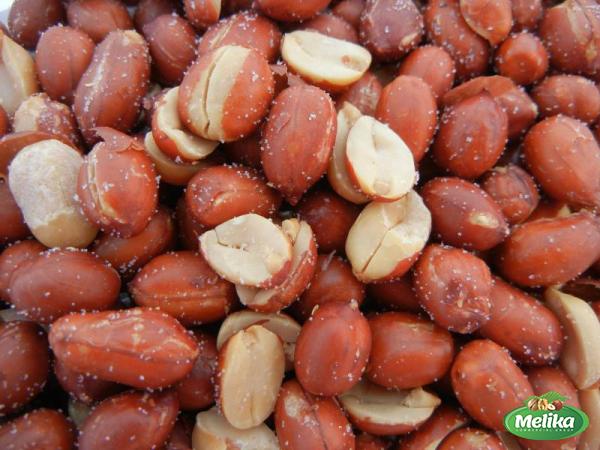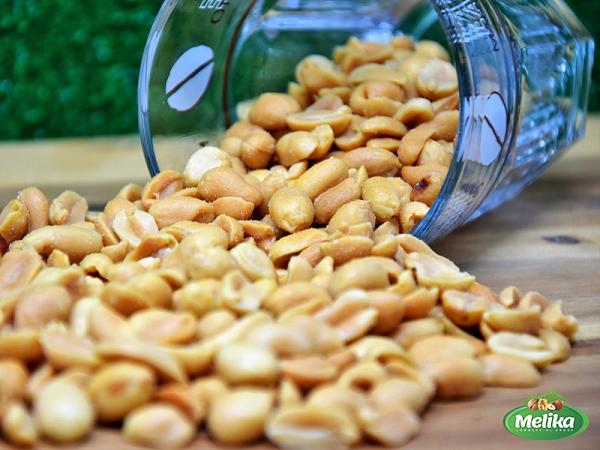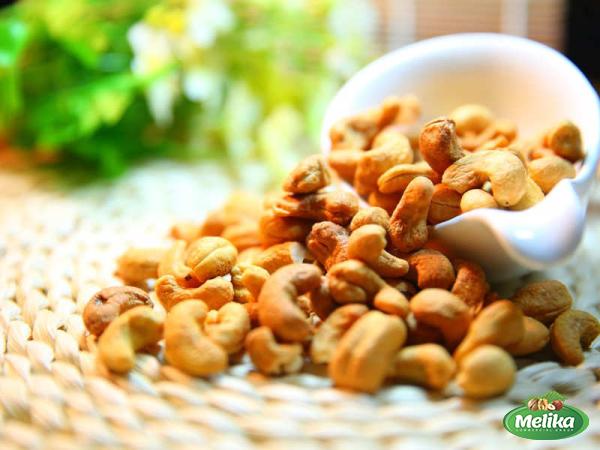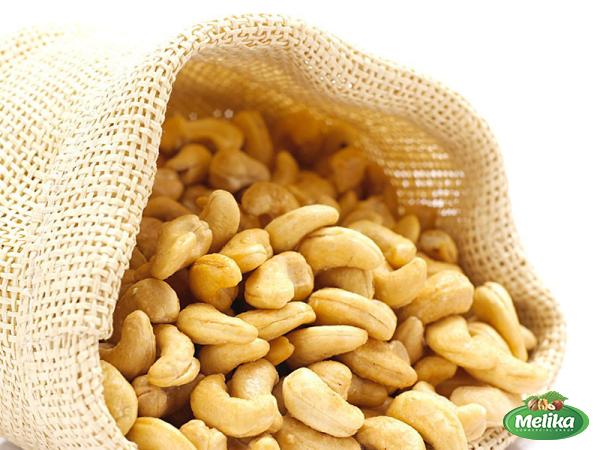Peanuts are a popular snack loved by many around the world for their crunchy texture and nutty flavor. They can be enjoyed in various forms, with boiled and roasted peanuts being two common options. In this article, we will explore the differences between boiled and roasted peanuts in terms of their nutritional content, culinary uses, and potential health benefits.
Nutritional Differences:
1. Moisture Content:
– Boiled peanuts have a higher moisture content compared to roasted peanuts. The boiling process hydrates the peanuts, resulting in a softer and more tender texture.
– On the other hand, roasted peanuts have reduced moisture content, which contributes to their characteristic crunchy and dry texture.
2. Caloric Value:
– Both boiled and roasted peanuts are relatively high in calories due to their fat content. However, the variation lies in the cooking process.
– Boiled peanuts have a slightly lower caloric value per ounce compared to roasted peanuts. The boiling process may result in some fat leaching out into the cooking water, reducing the total calories in the boiled peanuts.
3. Fat Profile:
– Peanuts contain healthy monounsaturated and polyunsaturated fats. Roasted peanuts tend to have a slightly higher fat content compared to boiled peanuts due to the roasting process.
– Roasting can enhance the nutty flavor and make the fat more accessible to our taste buds.
Culinary Differences:
1. Texture and Flavor:
– Boiled peanuts have a unique soft and chewy texture that is often described as “meaty.” The extended cooking time during boiling helps break down the proteins in the peanuts, resulting in a more tender consistency.

– Roasted peanuts, in contrast, have a crunchy and dry texture due to the removal of moisture during the roasting process. They are typically enjoyed for their nutty flavor and satisfying crunch.
2. Culinary Uses:
– Boiled peanuts are commonly enjoyed as a snack in many regions, especially in the southern United States and parts of Asia. They are typically seasoned with spices, such as Cajun or Old Bay seasoning, during the boiling process to enhance their flavor.
– Roasted peanuts, on the other hand, are versatile and used in an array of culinary applications. They can be added to salads, stir-fries, desserts, or ground into nut butter. They are also a key ingredient in peanut sauces and satay dishes.
Health Benefits:
1. Antioxidant Content:
– Both boiled and roasted peanuts are abundant in antioxidants, which help combat free radicals in the body and protect against cellular damage.
– Roasting peanuts may result in a slight decrease in certain antioxidants due to the heat exposure. However, the overall antioxidant profile of roasted peanuts remains beneficial.
2. Glycemic Index (GI):
– Boiled peanuts have a lower glycemic index compared to roasted peanuts. The boiling process reduces the release of sugars into the bloodstream, resulting in a slower and steadier rise in blood sugar levels.
– This low GI property of boiled peanuts may make them a suitable snack choice for individuals with diabetes or those aiming to manage their blood sugar levels.
3. Nutrient Availability:
– While both boiled and roasted peanuts offer similar nutritional benefits, the roasting process can potentially affect the availability of certain nutrients.
– Roasting peanuts may cause some loss of water-soluble vitamins such as vitamin C and B vitamins. However, the impact is relatively minor compared to other cooking methods.
Conclusion:
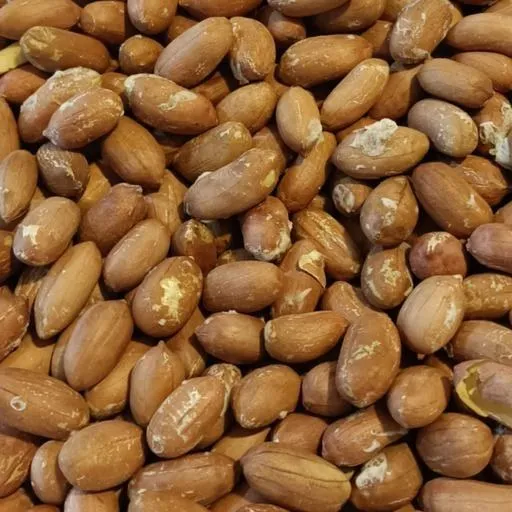
Boiled and roasted peanuts offer distinct culinary experiences and nutritional profiles. Boiled peanuts provide a soft and tender texture, making them a delightful snack choice for many. Roasted peanuts, on the other hand, are known for their crunchy texture and nutty flavor, making them a versatile ingredient in various dishes. From a nutritional standpoint, both options provide valuable nutrients and antioxidants, with slight variations in fat content and available vitamins. Ultimately, the choice between boiled and roasted peanuts depends on personal preferences, culinary needs, and dietary goals.Boiled Peanuts vs. Roasted Peanuts: Exploring the Nutritional, Culinary, and Health Differences
Introduction
In the previous section, we discussed the nutritional content, culinary uses, and potential health benefits of boiled and roasted peanuts. Now, let’s delve deeper and analyze the business aspects of these two popular peanut varieties.
1. Market Demand and Consumer Preferences
– Understanding market demand and consumer preferences is crucial for businesses involved in the peanut industry.
– Boiled peanuts have a strong presence in regions like the southern United States, where they are considered a beloved snack. Entrepreneurs in these areas can capitalize on this demand by offering boiled peanuts in various flavor profiles and packaging options.
– Roasted peanuts, on the other hand, have a wider market appeal due to their versatility. Businesses can target not only the general snack food market but also the health-conscious consumer segment looking for nutrient-dense options.
2. Product Innovation and Differentiation
– Businesses in the peanut industry can focus on product innovation and differentiation to stand out from competitors and attract customers’ attention.
– For boiled peanuts, companies can explore unique flavor combinations by experimenting with different spices and seasonings to create a diverse range of products. They can also develop convenient, ready-to-eat packaged options to cater to the increasing demand for healthy snacks on the go.
– Roasted peanuts lend themselves well to product diversification. Companies can introduce flavored varieties, such as honey-roasted, sriracha-flavored, or even coated with chocolate or caramel, appealing to a broader range of taste preferences and creating a niche in the market.
3. Sourcing and Supply Chain Management
– Businesses involved in the peanut industry must establish reliable sourcing channels and effective supply chain management practices.
– Boiled peanuts, being a regionally popular snack, often rely on sourcing peanuts from local farmers. Establishing partnerships with these farmers ensures a consistent supply of high-quality peanuts.
– Roasted peanuts may require sourcing from larger peanut farms or even international suppliers, depending on the scale of the business. Developing long-term relationships with suppliers and maintaining rigorous quality control measures is essential to meet consumer expectations.
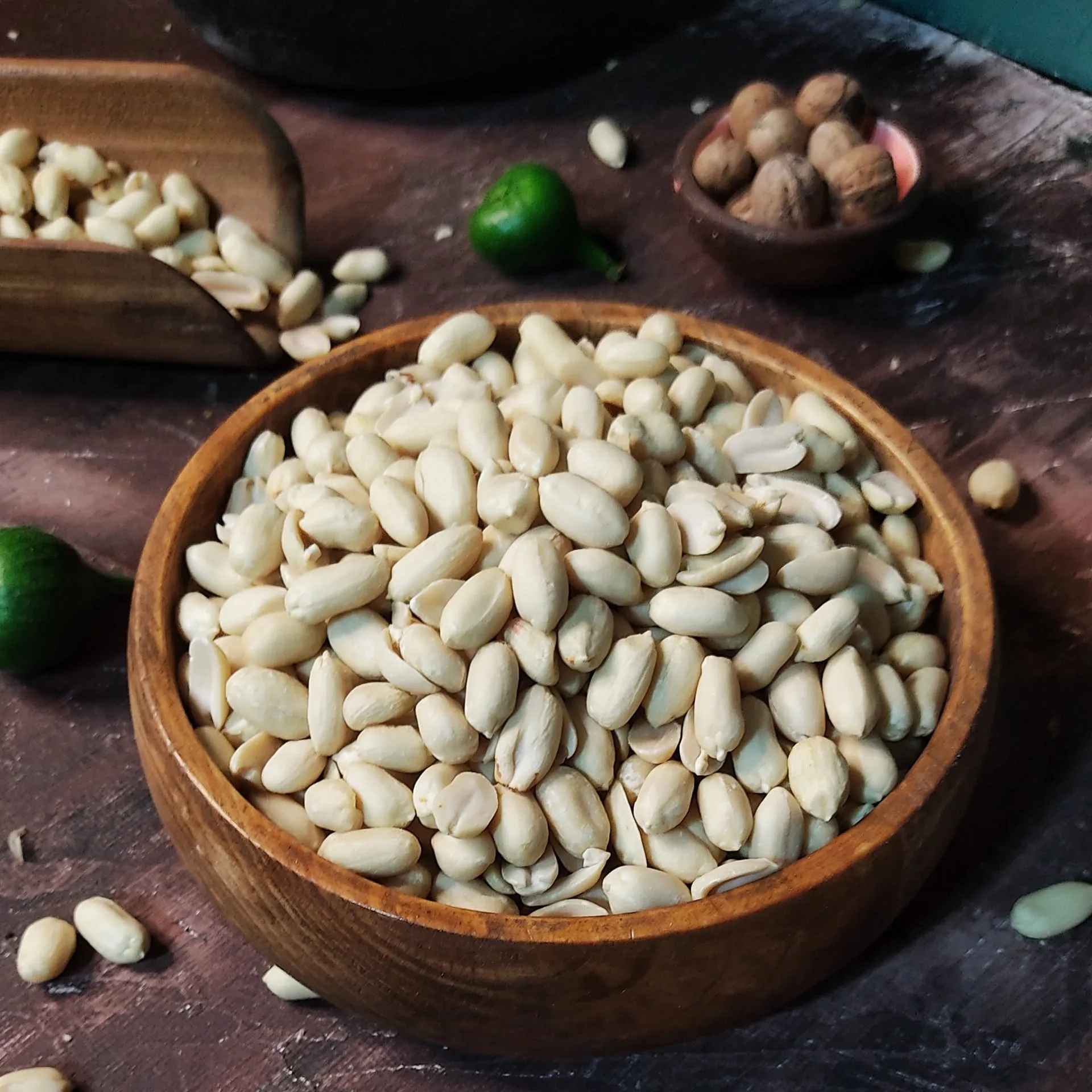
4. Branding and Marketing Strategies
– Building a strong brand and implementing effective marketing strategies can significantly impact a company’s success in the peanut industry.
– For boiled peanuts, emphasizing the cultural and regional associations can help create a sense of authenticity and nostalgia. Highlighting the cooking process, local ingredients, and traditional recipes can resonate with consumers and attract loyal customers.
– Roasted peanuts can position themselves as a healthy snack alternative, leveraging their high nutrient content and versatility. Companies can promote their products through partnerships with fitness influencers, health bloggers, or by incorporating sustainability initiatives into their branding.
5. Packaging and Presentation
– Paying attention to packaging and presentation is vital for product visibility, shelf appeal, and customer satisfaction.
– Boiled peanuts can be packaged in vacuum-sealed pouches or jars to maintain their freshness and extend their shelf life. Eye-catching labels and clear product information can help consumers make informed choices.
– Roasted peanuts can be sold in bags or canisters, with resealable options to ensure long-lasting freshness. Using transparent packaging can allow customers to see the quality of the peanuts, creating a visual representation of the product’s appeal.
6. Distribution Channels
– Choosing the right distribution channels is crucial for reaching the target market effectively.
– Boiled peanuts, with their regional appeal, can be distributed through local farmers’ markets, independent grocery stores, or even online platforms targeting specific geographic locations. Collaborating with food trucks or partnering with snack food distributors can also expand the reach of boiled peanuts.
– Roasted peanuts have a broader market potential and can be distributed through supermarkets, convenience stores, online retail platforms, or even exported to international markets. Collaborations with foodservice providers and airline companies can further enhance distribution opportunities.
7. Price Differentiation and Profit Margins
– Pricing strategies play a significant role in determining the profitability of peanut products.
– Boiled peanuts, being a regional specialty, can command higher prices due to their unique flavors and traditional preparation methods. Offering different package sizes and pricing tiers can provide options for consumers with varying budgets.

– Roasted peanuts, given their wider market appeal, may face more competition. Careful market analysis and competitor research can help determine price points that attract customers while ensuring reasonable profit margins.
Conclusion
Boiled and roasted peanuts have their own unique characteristics, and understanding these differences allows businesses in the peanut industry to cater to diverse consumer preferences. From market demand and consumer preferences to product innovation and differentiation, there are various business aspects that companies can focus on to thrive in this competitive market. By exploring sourcing and supply chain management, branding and marketing strategies, packaging and presentation, distribution channels, and pricing strategies, businesses in the peanut industry can maximize their growth potential and capture the attention of both local and global consumers. Ultimately, the success of these businesses will rely on their ability to offer high-quality products, adapt to changing consumer trends, and create strong brand identities in the marketplace.

